I’ve spent the last couple of weeks on the sort of trip that changes you a bit, makes you re-evaluate and see things from another perspective. I started writing up my guides and reviews of various stops on the trip, but felt I needed to do an overview post to talk a bit more about my impressions, thoughts and learnings on this fascinating region of Europe in today’s political climate, before jumping in to city guides and posts.
Where are The Baltics?
The Baltics is an area of Europe covering three separate countries – Lithuania, Latvia and Estonia. They sit on the north coast of Europe, with Russia and Belarus bordering them to the North, East and South.
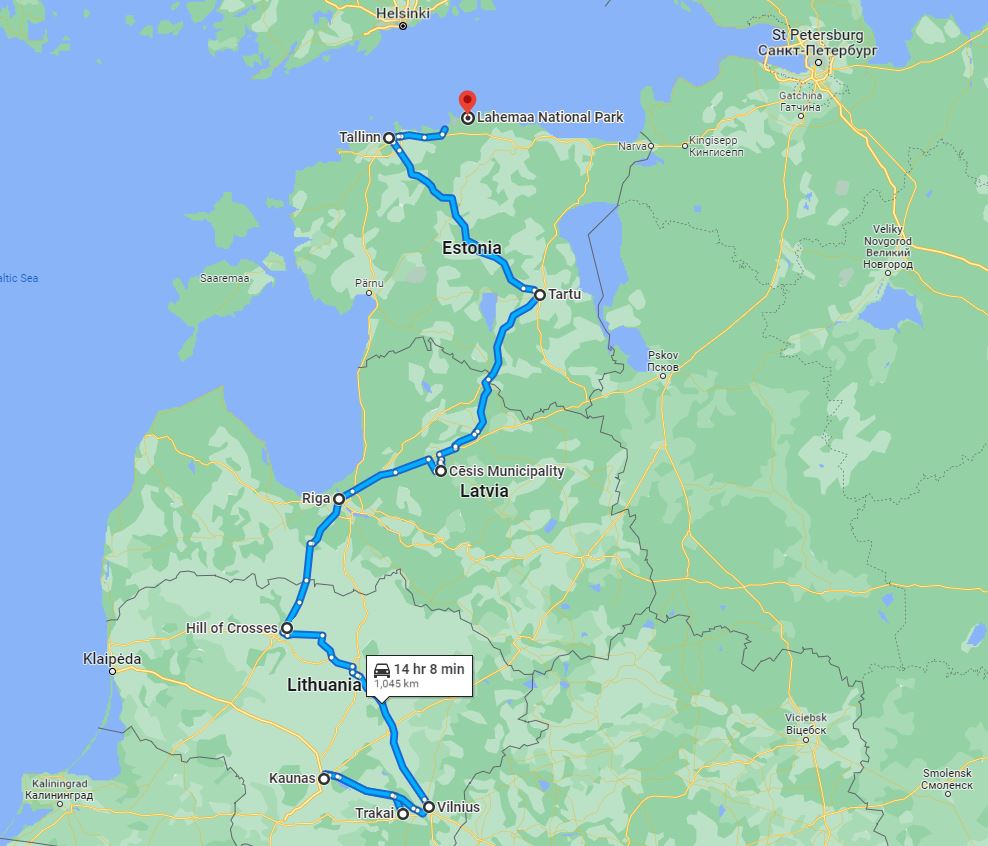
The route we followed on our trip took us through all 3 countries as per the map above. At the very bottom of the map you can see Kaliningrad – this is a small area of Russia below Lithuania. Then to the right you will see St Petersburg, also in Russia, with Belarus the country sharing a border with Lithuania and Latvia.
All three Baltic states are in NATO, but all three have long and complicated histories with Russia which can’t be ignored. But let’s start with the non-war related observations.
What are The Baltics like to visit?
In short, INCREDIBLE. I had an amazing time exploring the region. There were areas that felt very much on the tourist trail, and others which felt a world away from it. It was a place of similarities – to Western Europe, to each other – and a place of huge differences. It was one of the best holidays I’ve ever had, and I’d recommend it to anyone considering a trip here.



Here are my non-war and non-political related observations.
1. Each Baltic capital feels very different
Vilnius (Lithuania) felt completely off the tourist track – we heard mainly Lithuanian and were not aware of many English visitors. In Riga (Latvia), it was overwhelmingly German visitors we saw. We also saw and heard many more Russians in Latvia. In Tallinn (Estonia), it seemed largely English and felt much more Western European – firmly on the tourist trail. However, all 3 Baltic countries speak AMAZING English, so it was easy to communicate.
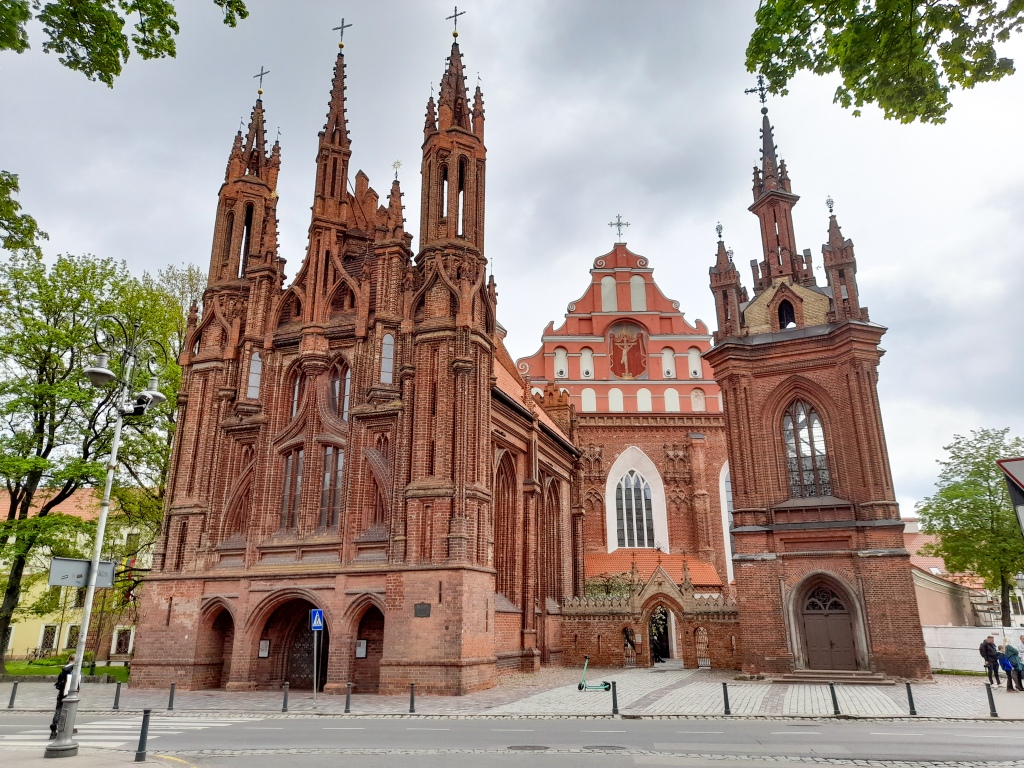
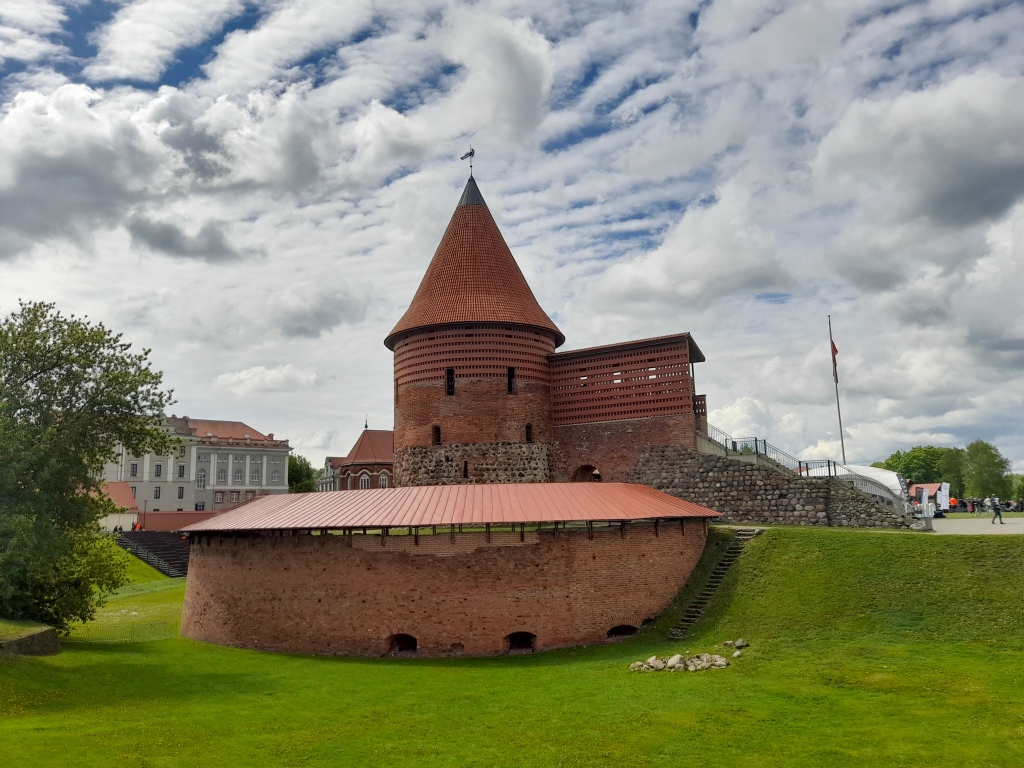
Away from the capital cities of Riga and Tallinn, Latvia and Estonia also felt off the tourist trail and I really enjoyed seeing more of these beautiful countries.
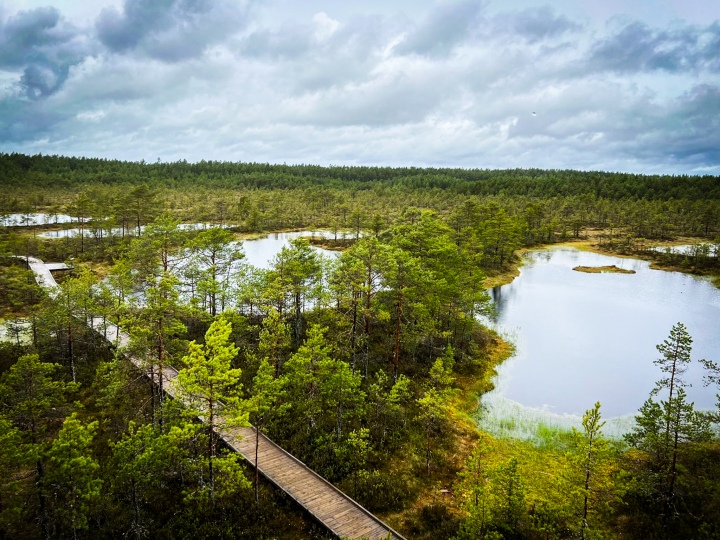
2. In Lithuania, people are not openly friendly
…but that doesn’t mean they’re not nice. People don’t say hello or smile in the street. There’s not really any customer service, it’s more nods and grunts if anything. People looked away if I made eye contact and smiled. It’s cultural and not at all meant to be rude. It was slightly different in Latvia and Estonia but still don’t expect enthusiastic greetings and well wishes, especially outside of the capital cities.
3. Traditional food is meat heavy
Most menus are meat heavy across the region – there are lots of vegan and vegetarian places now popping up, but traditional food is game meat and rye bread. We sampled it across the region and it was VERY heavy, but great quality.
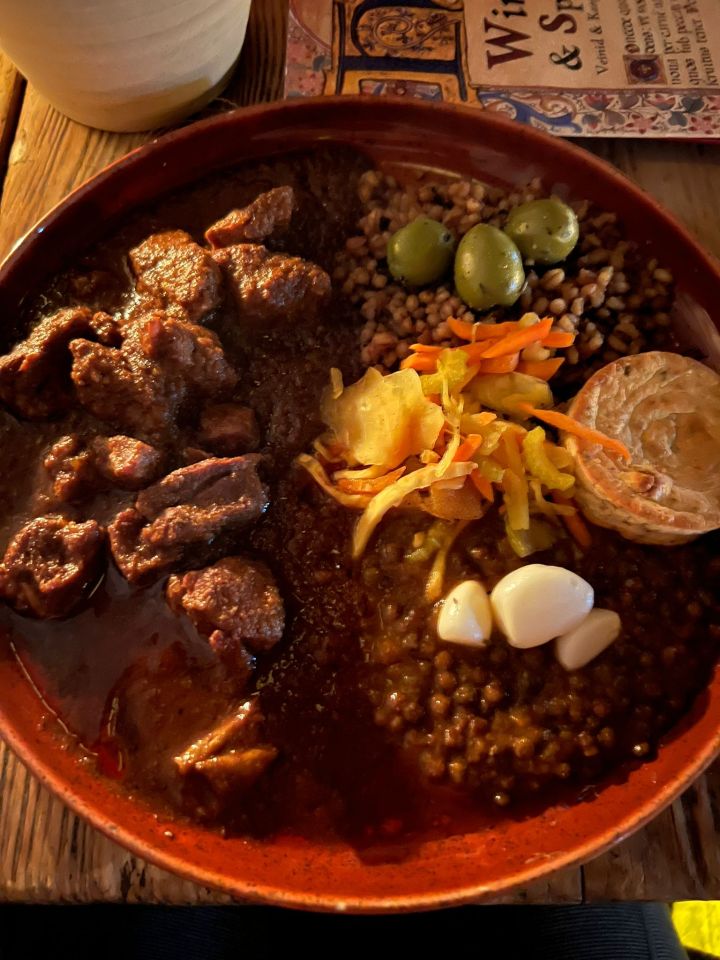
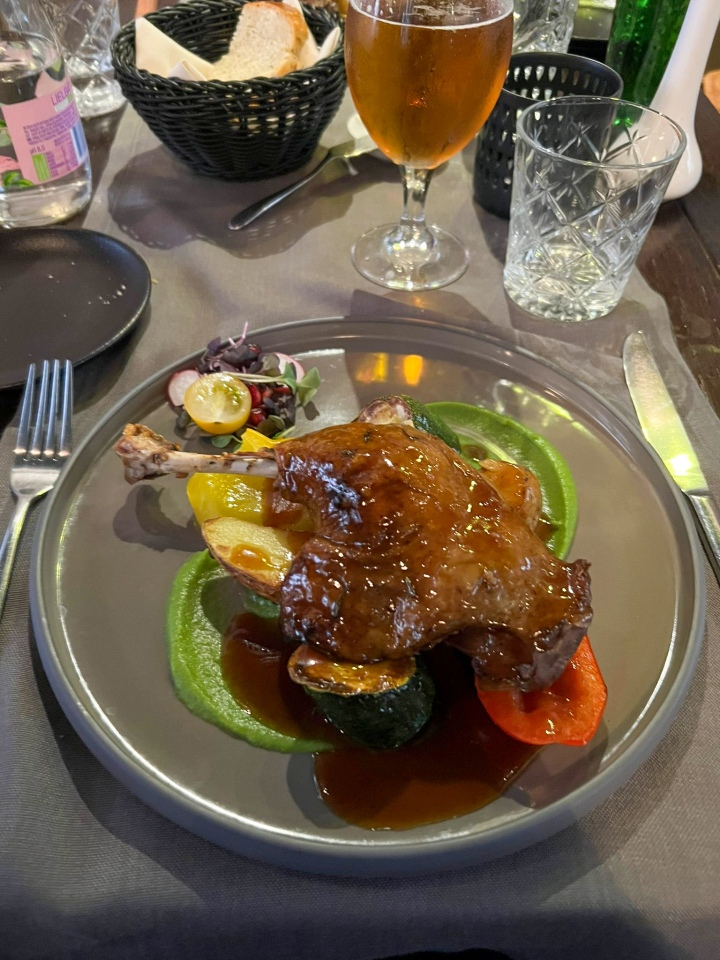
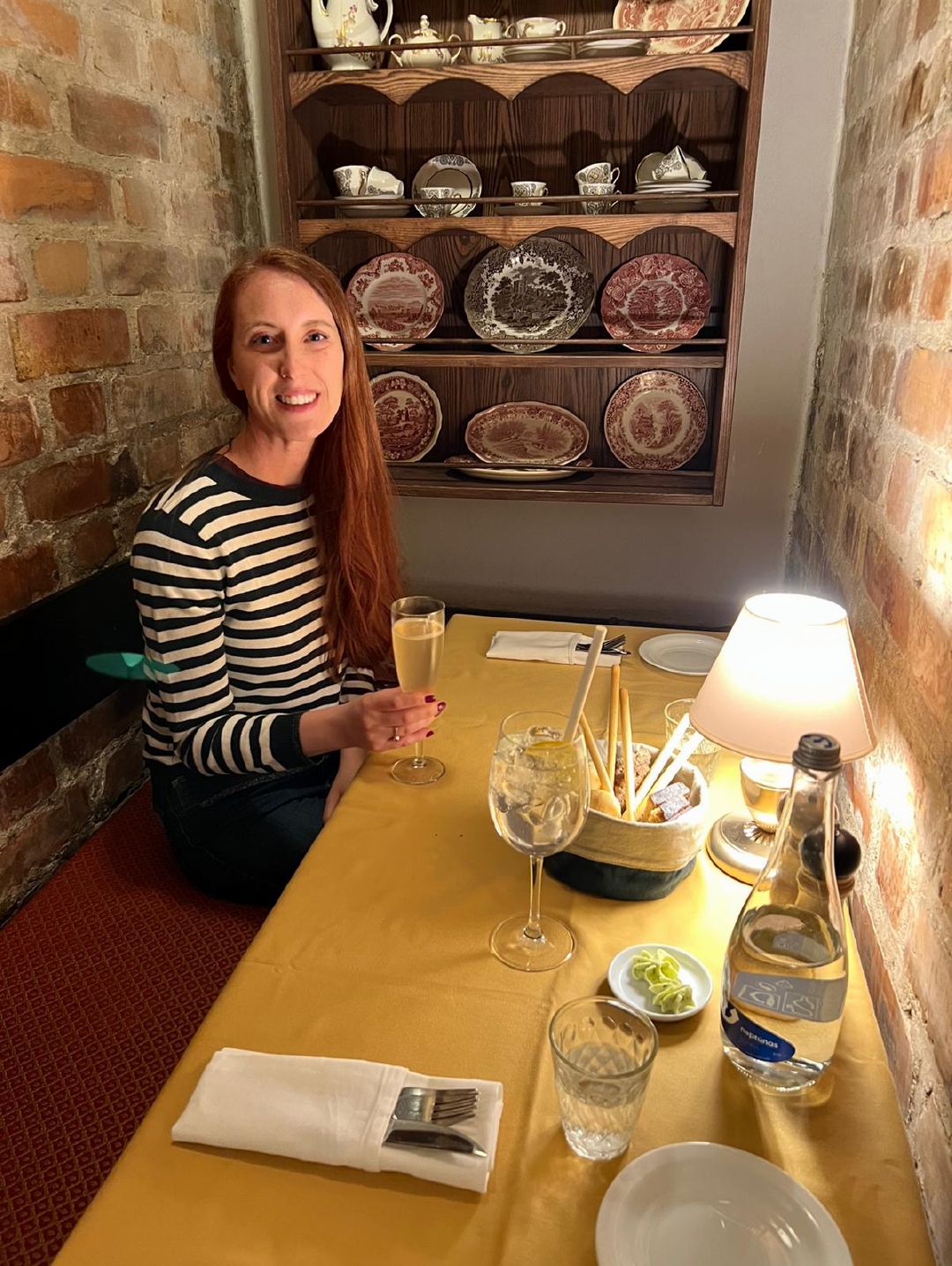
4. The streets are clean and beautiful
All three Baltic nations are completely spotless – like not even gum on the pavements. I saw someone throw a receipt on the pavement, and 2 locals told him off! We also ‘jay walked’ (crossed the road on a red light as there were no cars) and people told us off and looked at us with complete disdain.

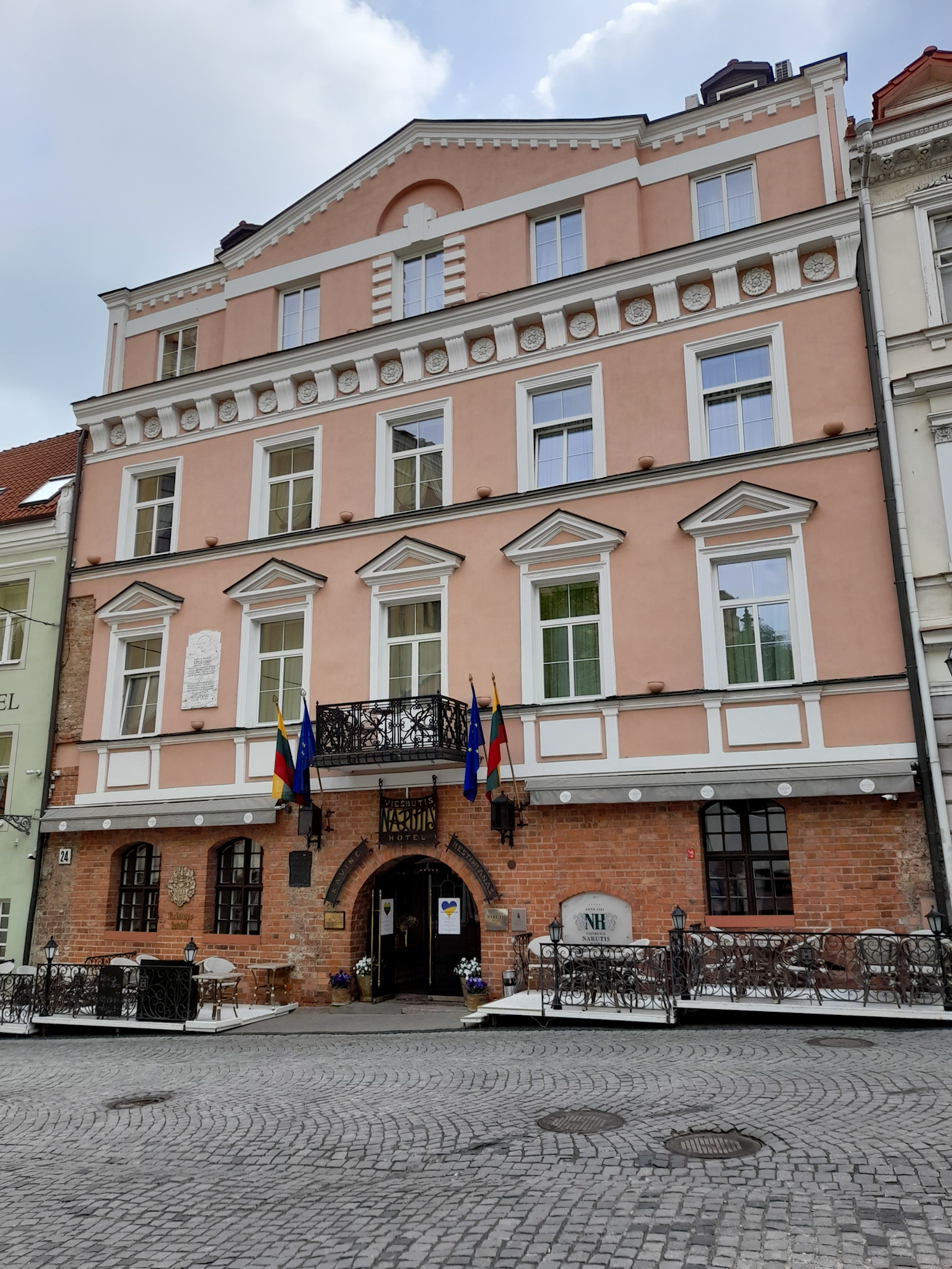
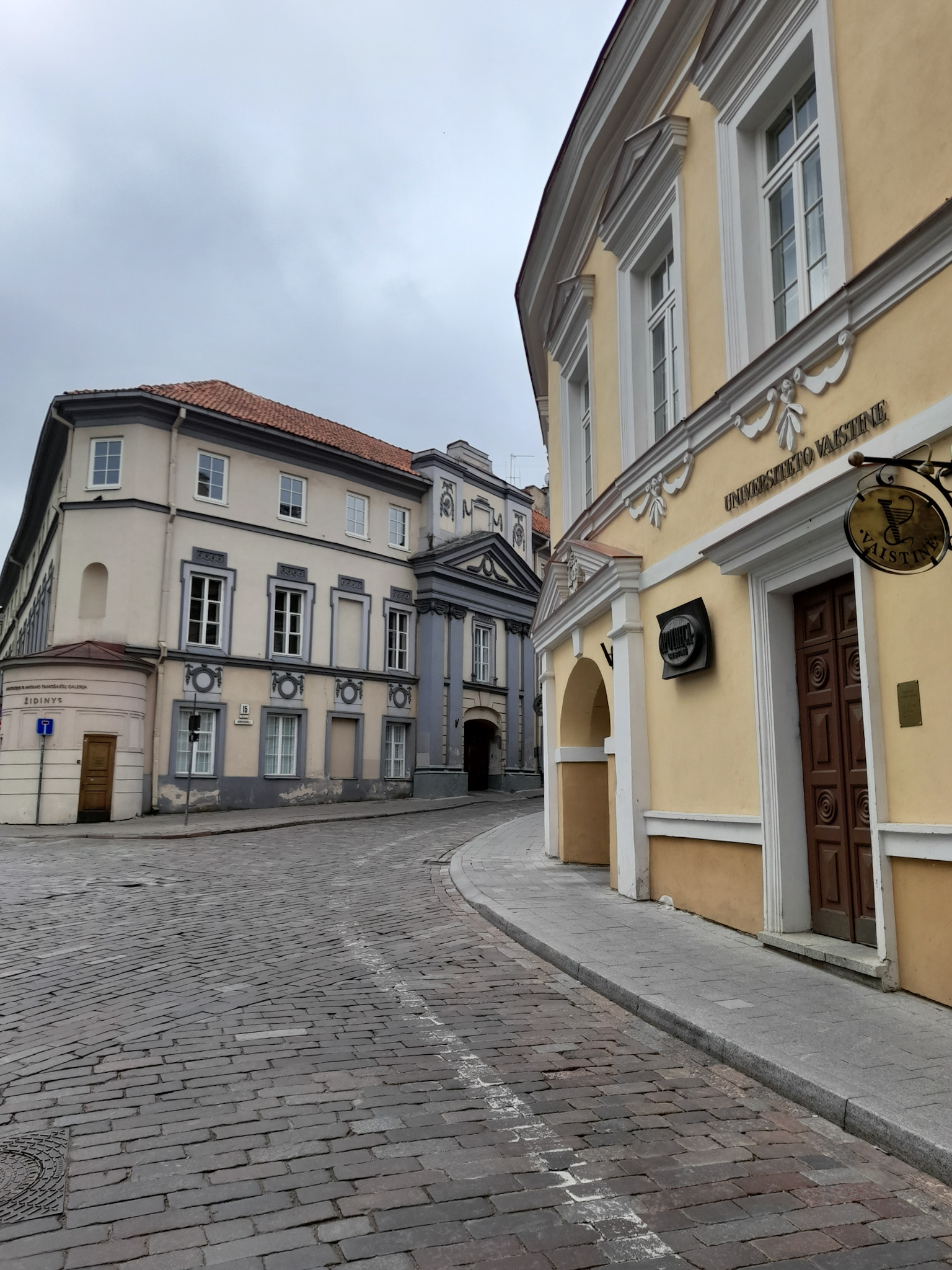


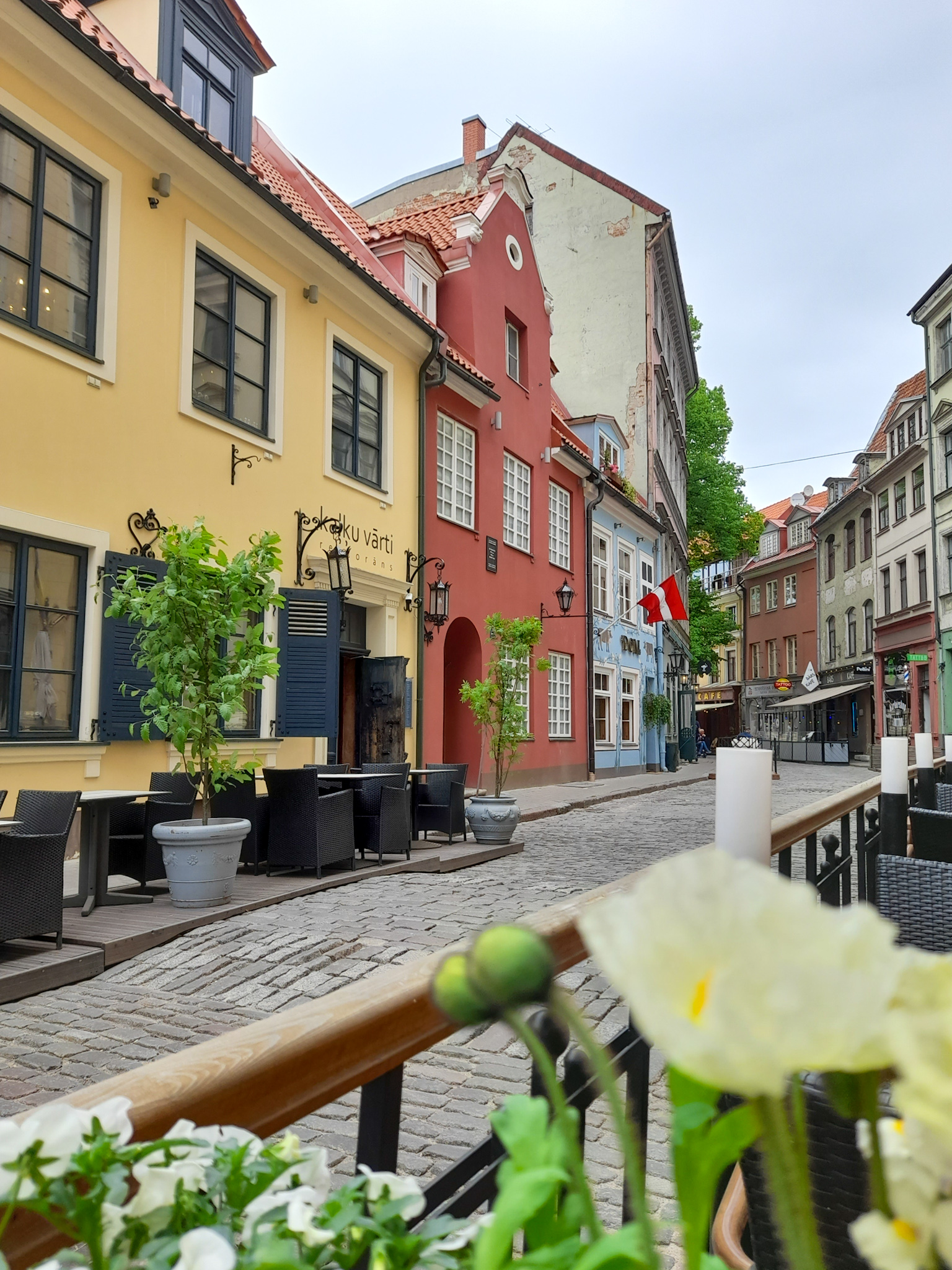
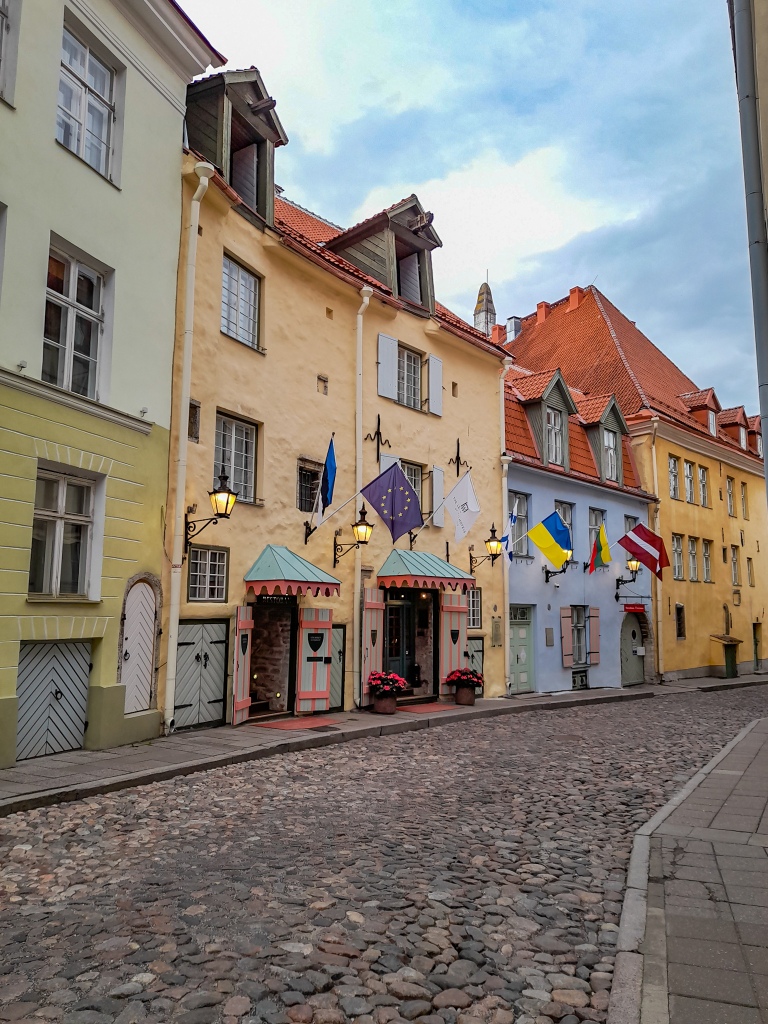
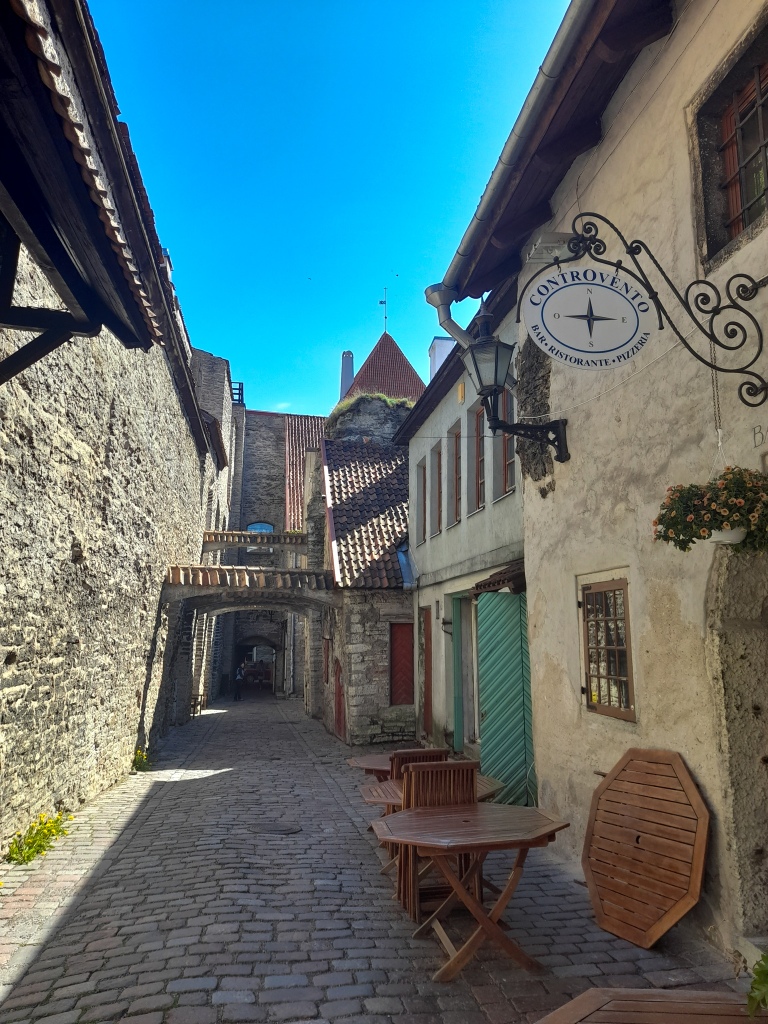
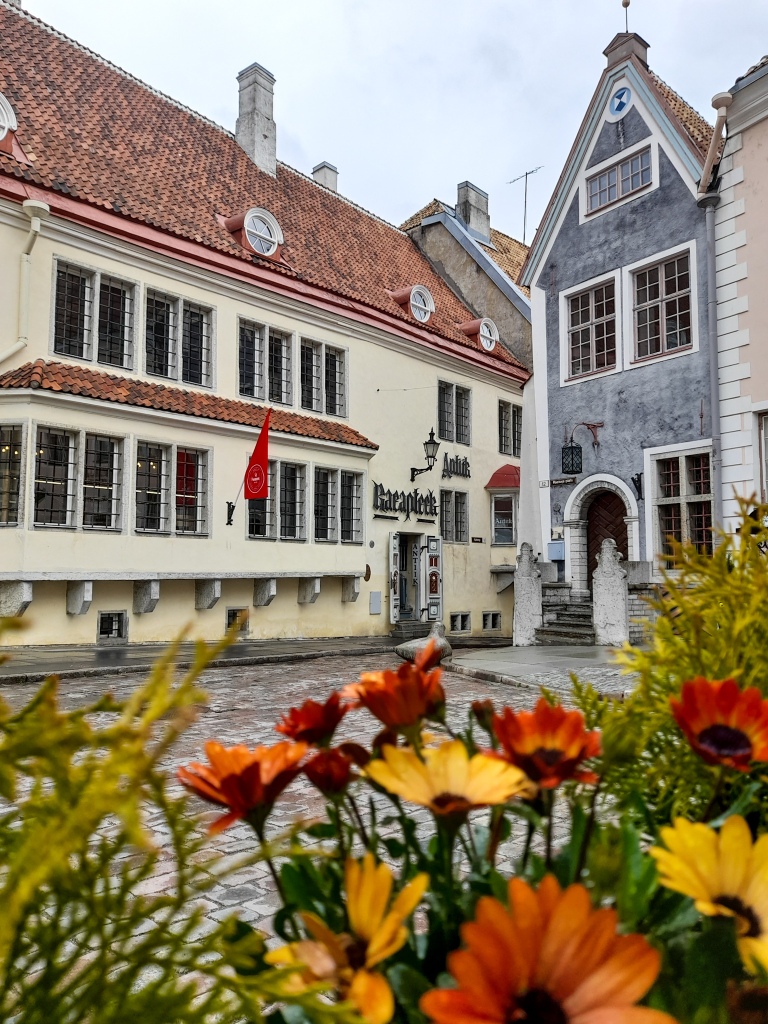
5. All three Baltic countries feel super safe
Not once did I feel threatened, in danger or even looked at funny. In fact the opposite; literally no-one bothered me at all.
6. The Baltic States are largely white
I didn’t see a non-white person for my entire time in Lithuania, and in Latvia and Estonia it was rare. In total in 2 weeks I think I saw 5 black people, most of whom were American tourists. I found it uncomfortable, and if I wasn’t white I think my experience in these countries could have been different (but obviously I can’t attest to that, and certainly wasn’t aware of anything but open minds and people being welcome to all visitors).
7. Travelling around is easy
Whilst there is no train network easily connecting the countries, the roads are good and easy to navigate. Within countries (i.e. Vilnius to Kaunas, Tartu to Tallinn), the trains were incredible. Very cheap, efficient, clean and with snacks offered too.


8. It’s cheaper than Western Europe, but not that cheap
We noticed a big difference in accommodation, transport and museum prices across the region vs in the UK. However food and drink was roughly the same. In the capital cities the price differential wasn’t that big, especially in Tallinn which we found to be the most touristy area. All 3 countries use the Euro.


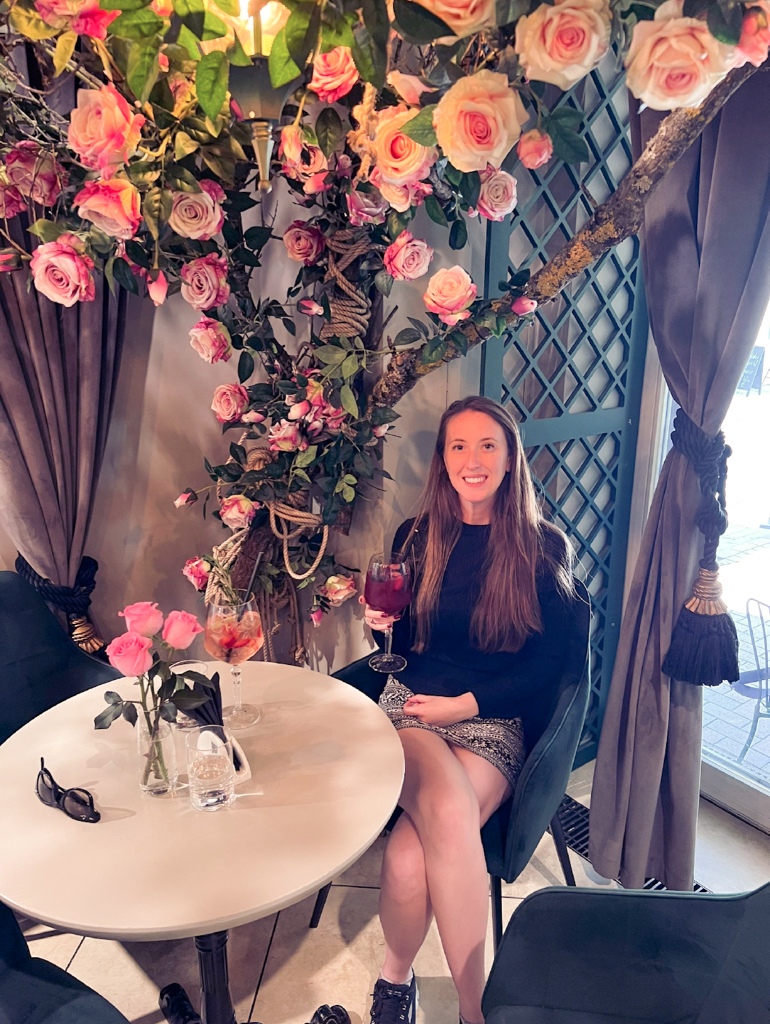
How is the Russia/Ukraine war impacting the Baltics?
Let’s talk about the main thing affecting this area at the time of my visit. The Baltics are completely surrounded by Russia and in the living memory of most of the people here are previous occupations, oppression and mass killings of friends and family by the same country. Lithuania, Latvia and Estonia all only gained independence from the Soviet Union in 1991. The war in Ukraine is a huge focus here, with the Baltics a likely target if Russia decide to go further. This is not a new threat to the region and we can’t understand how these countries feel today without looking at the past.
Since the 1200s there hasn’t been longer than 50 years without an invasion or occupation by Russia in this region. In every single family, in every generation since the 1200s, Russian aggression is in the consciousness. 2024 is no different, meaning the threat today is history repeating itself. Yet again, as it has for the last 800+ years already.
As we travelled through the region we learnt in detail about the history.
1200s – 1918 (end of WW1)
Lithuania was formed in the late 1200s as The Grand Duchy of Lithuania and was independent/allied with Poland until 1795. During that time it fought many battles against Russian invaders. Eventually the Duchy fell and from 1795-1918, Lithuania was part of the Russian Empire right up until the end of WW1.

Latvia & Estonia didn’t have a national border or identity as countries until the end of WW1. Unlike Lithuania they formed the Kingdom of Livonia in the 1200s, which effectively meant they were ruled by the German Crusaders and power was in the hands of the Germans (hence the German links everywhere in Riga/Tallinn). Then as the Reformation swept through Europe, the Catholic Livonian Empire lost its sway and Latvia/Estonia became a battle ground for everyone – The Danish came, the Swedes were in charge for a while, the Russians continued to attack. And then, like in Lithuania, they took over for good in the 1800s, with the area becoming part of the Russian Empire until 1918.
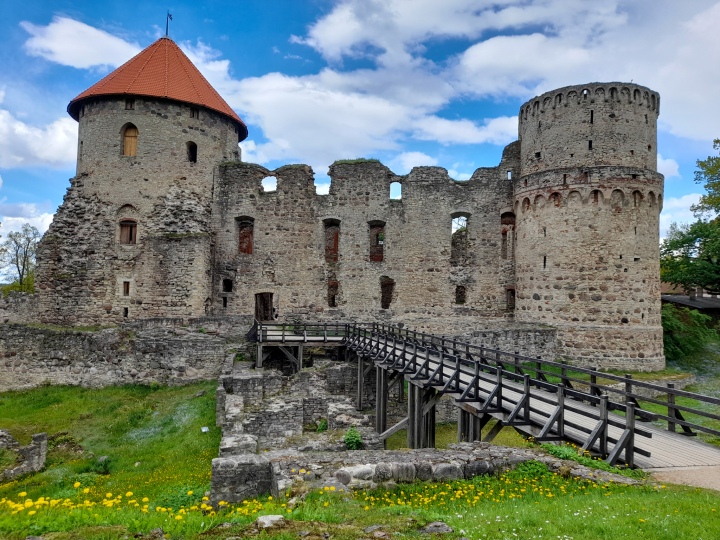
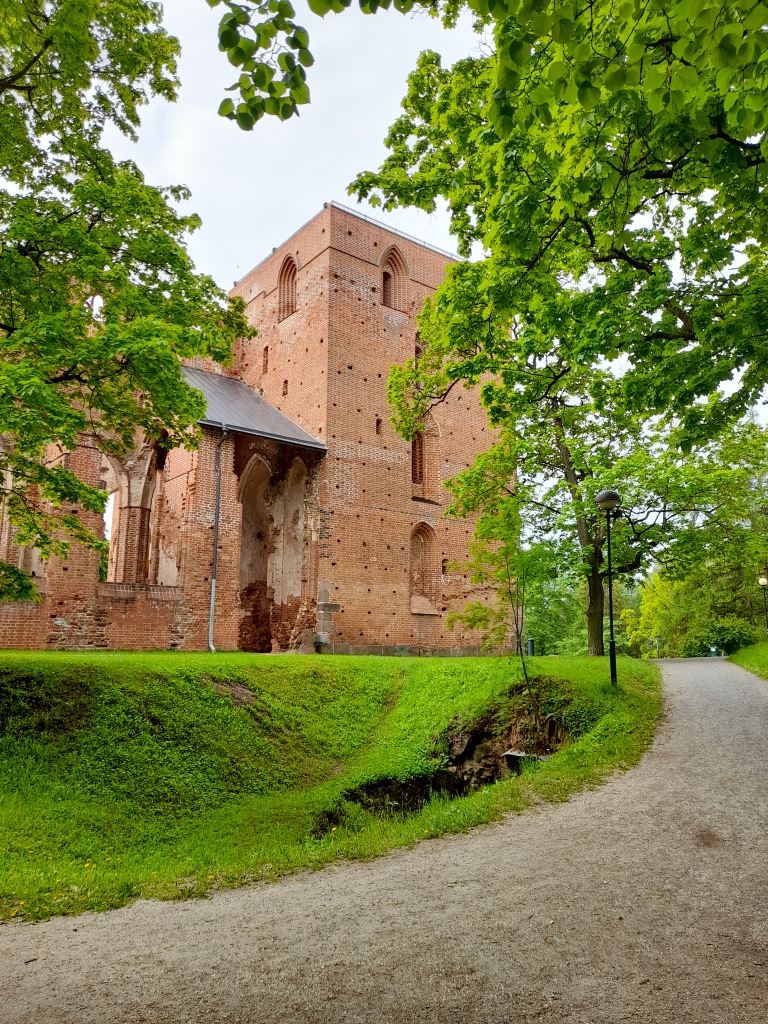

In 1914-1918, Russia fought in WW1 and lost. After WW1, with Russia weakened, all 3 Baltic nations claimed independence following 2 years of battles. This was the first time Latvia and Estonia became recognised as countries.
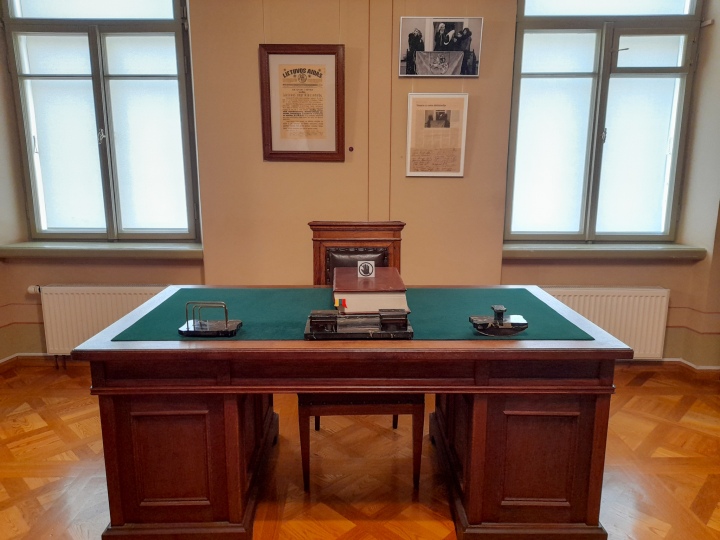
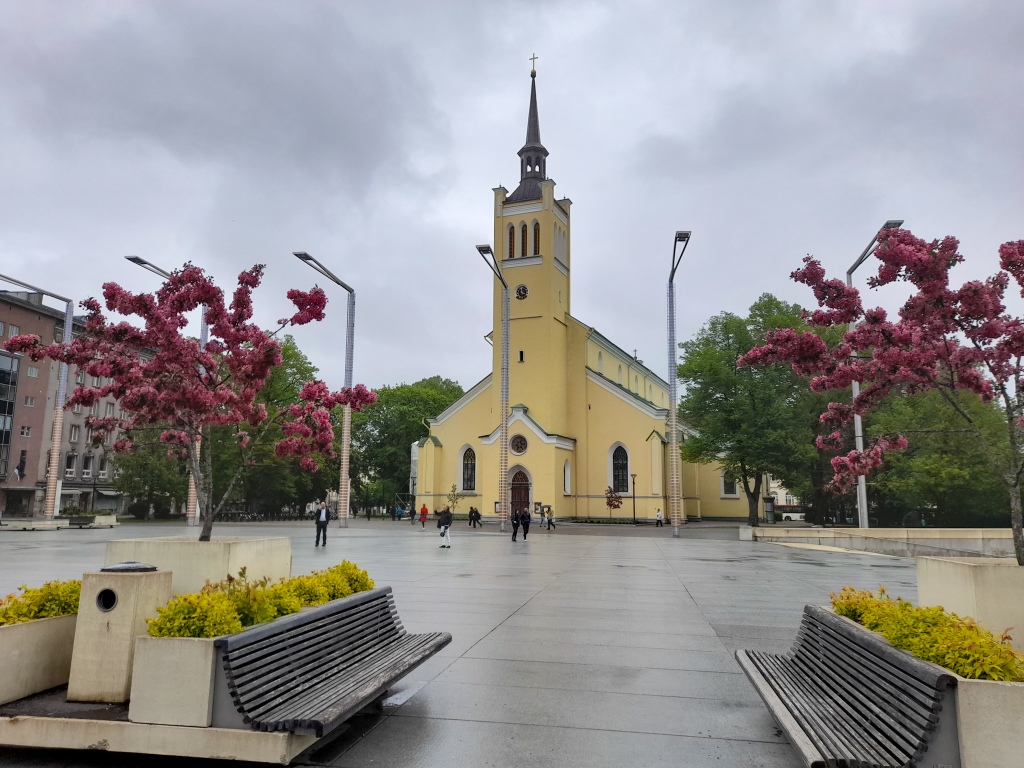
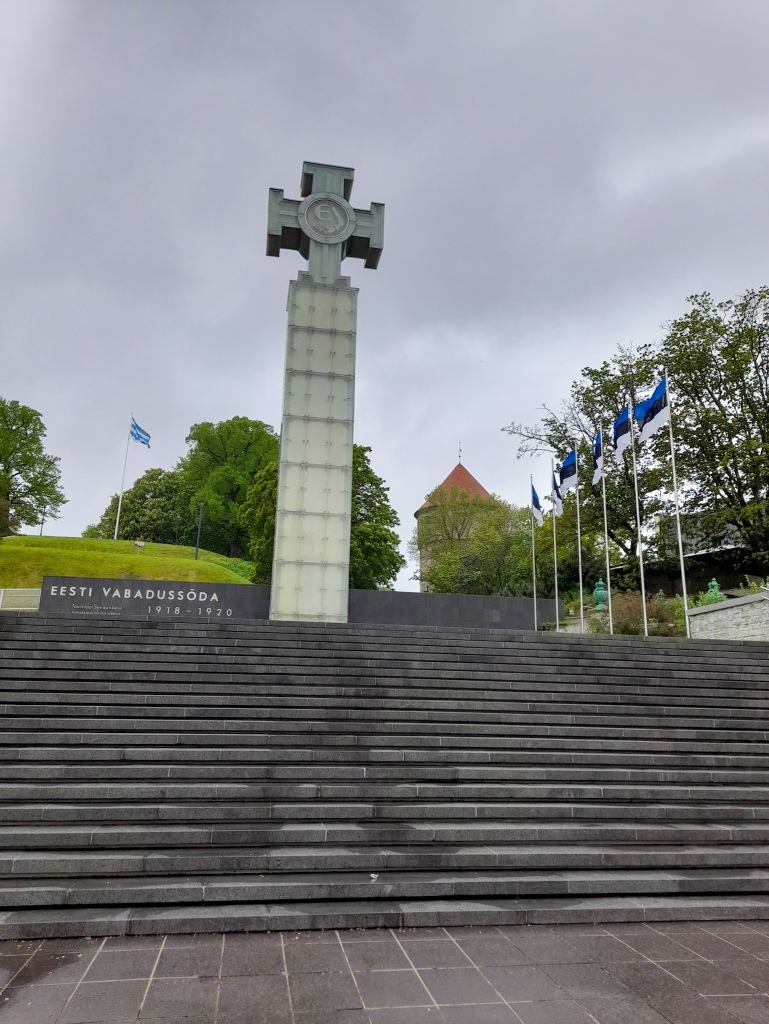

1920 – today
Independence didn’t last long. Just over 20 years later, in 1940, with WW2 raging in other countries, Russia took over the Baltics yet again. By 1941, Germany had invaded and the area was under Nazi control, and then in 1944 the Russians were back and Lithuania, Estonia and Latvia were incorporated in to the Soviet Union (USSR), right up until 1991.
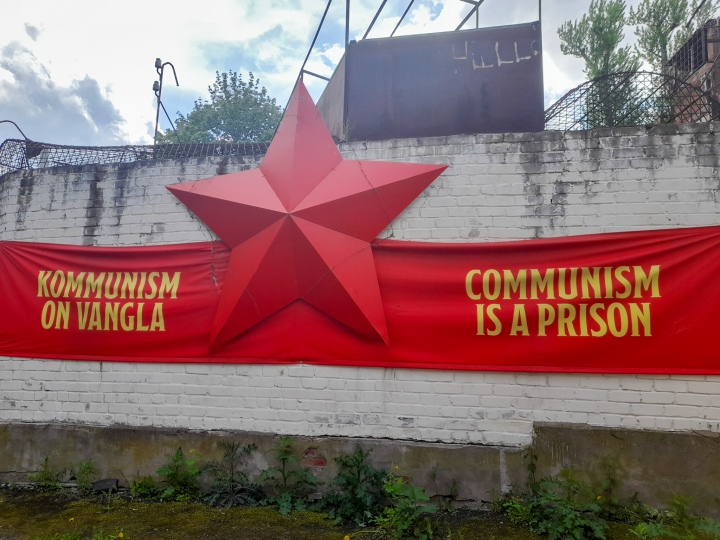
It was during this period that some of the biggest atrocities happened – Estonia lost 25% of its population, for example. This was because thousands of people were forcibly sent to labour camps, killed by the Soviet forces, or sent to live in exile in Siberia for no reason (just being a teacher, or politician or farmer was enough). Virtually no families were left untouched, and the USSR economically and financially destroyed the Baltics for its own growth back ‘home’.
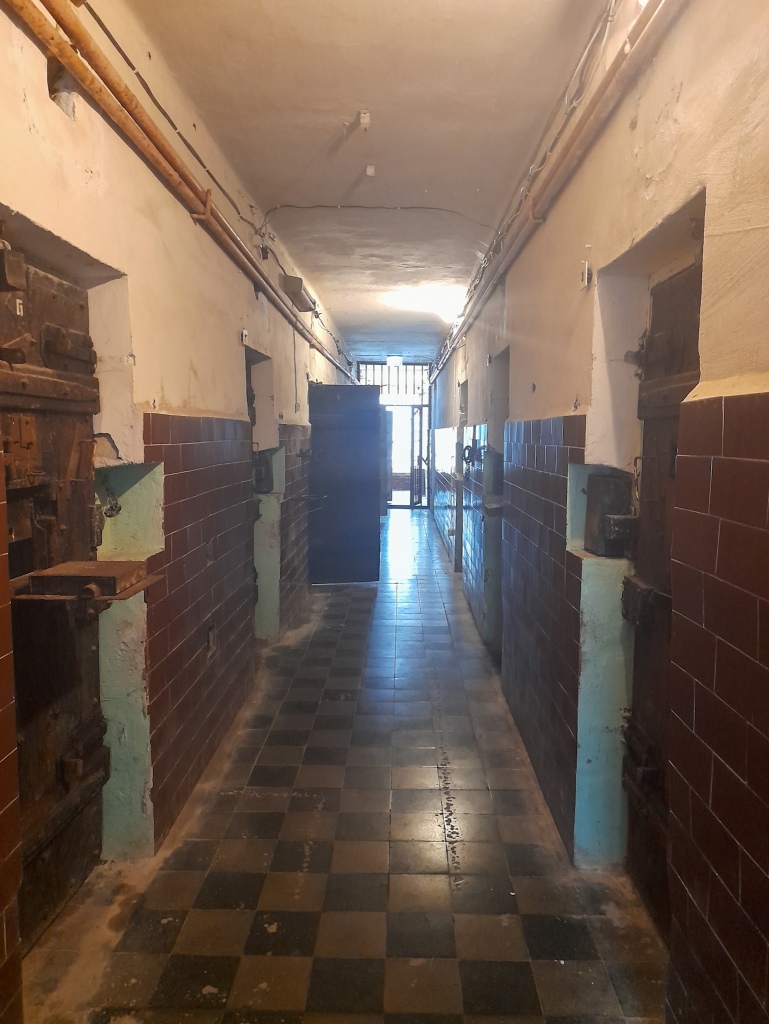
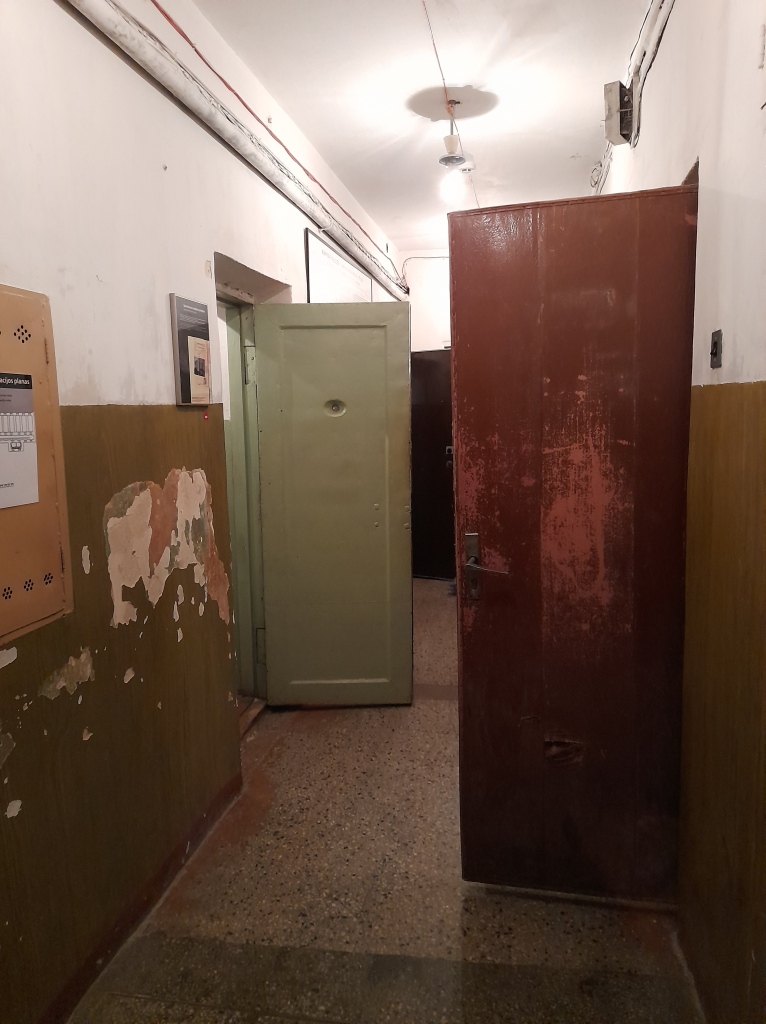
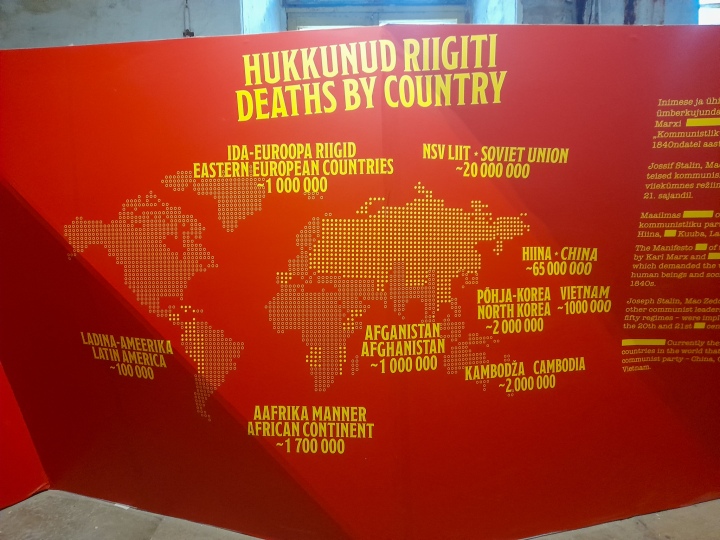
In the 1980s, the USSR was weakened following years of terrible economic policies, and there was rising unrest in The Baltics with calls for independence alongside the USSR’s new policy where restrictions were not as severe as they had been in the past.
Through peaceful protest, independence was restored for all 3 nations in 1991. One of the main symbols of independence was the Baltic Way – where people from all 3 countries joined hands all the way from Vilnius to Tallinn to peacefully protest for independence.

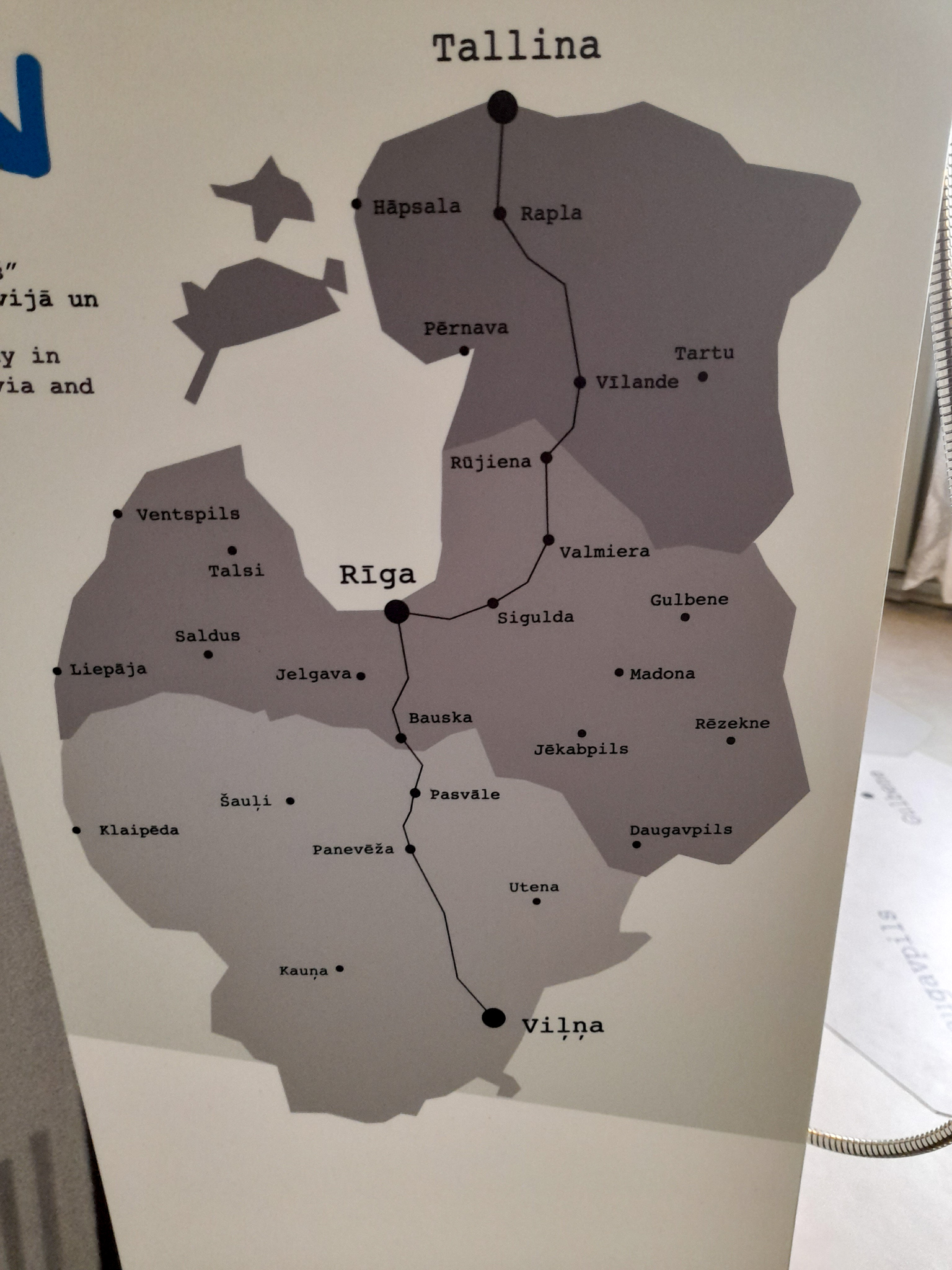
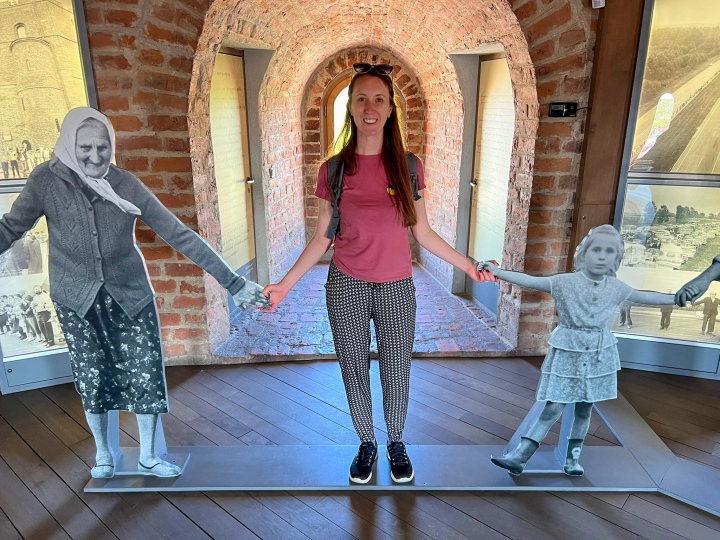
No wonder protests against the Ukraine war are strong across this region. The prospect of Russian invasion is real, every day here. In Lithuania, support for Ukraine was overwhelming – every shop we walked past was decked out in the Ukrainian colours, we saw demonstrations and concerts and public speeches on the topic of the war. Lithuania has a much lower population of Russians (5%) than Latvia and Estonia (25%), and it felt the most vocal against the war by far.
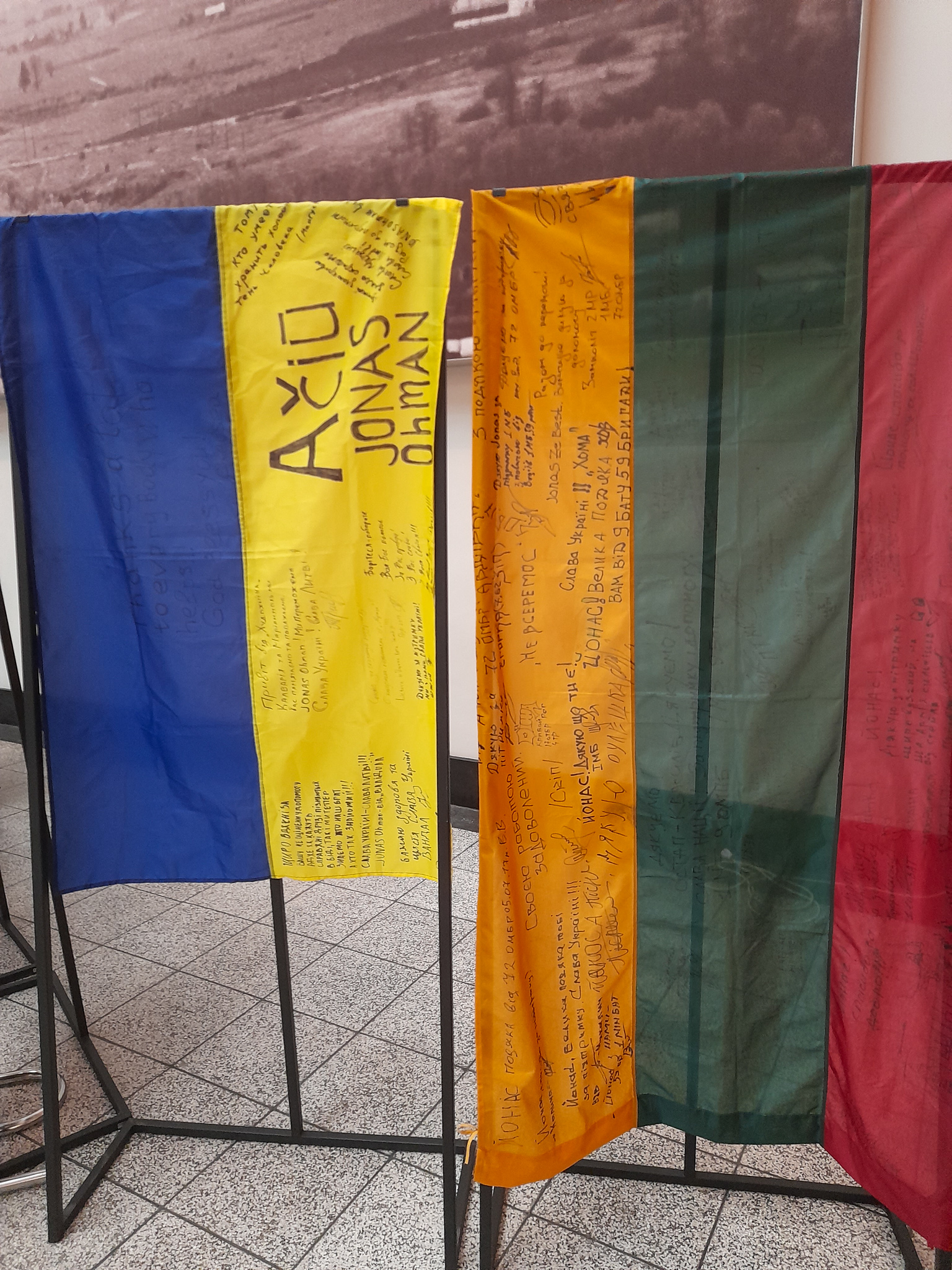
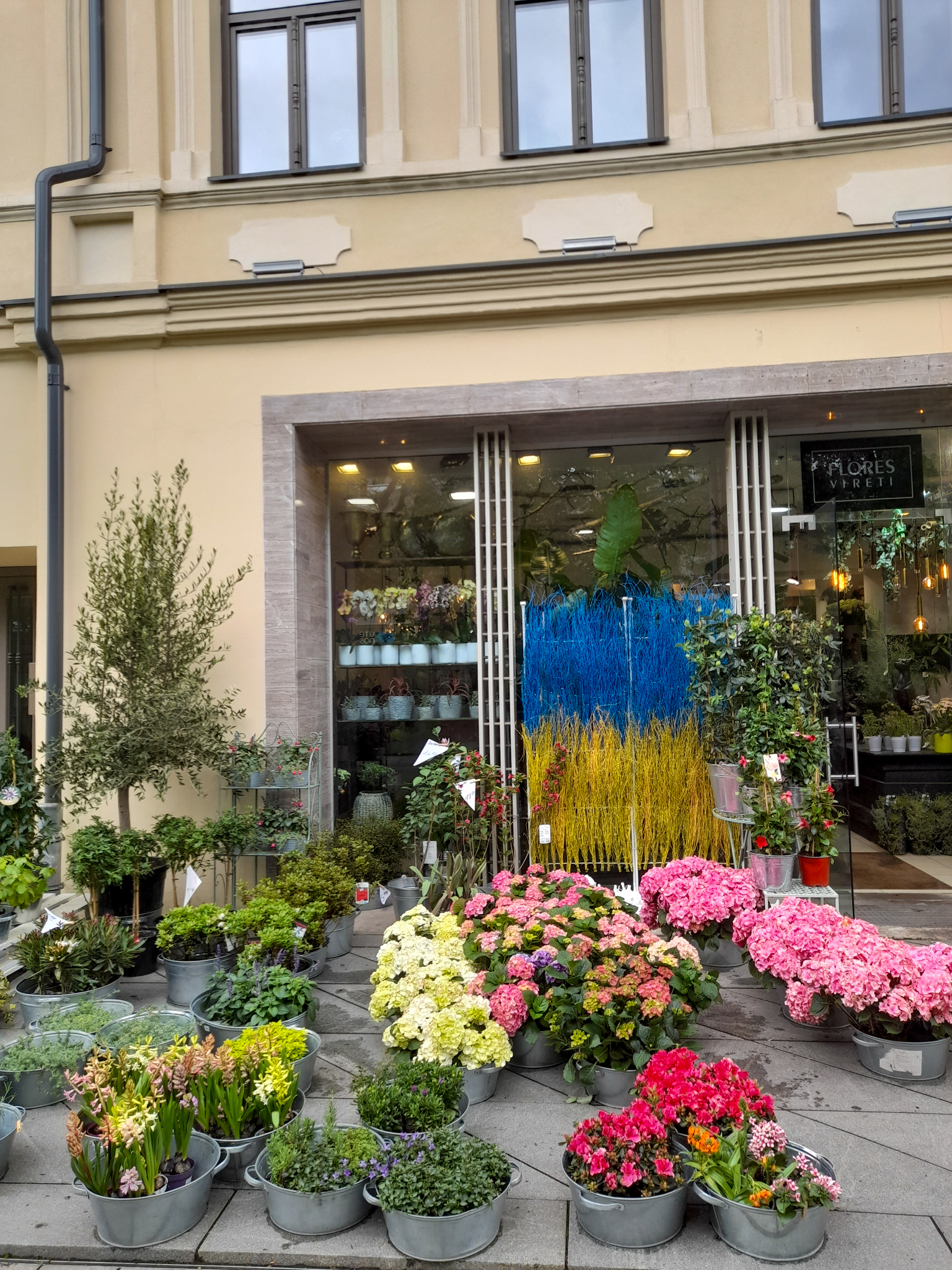

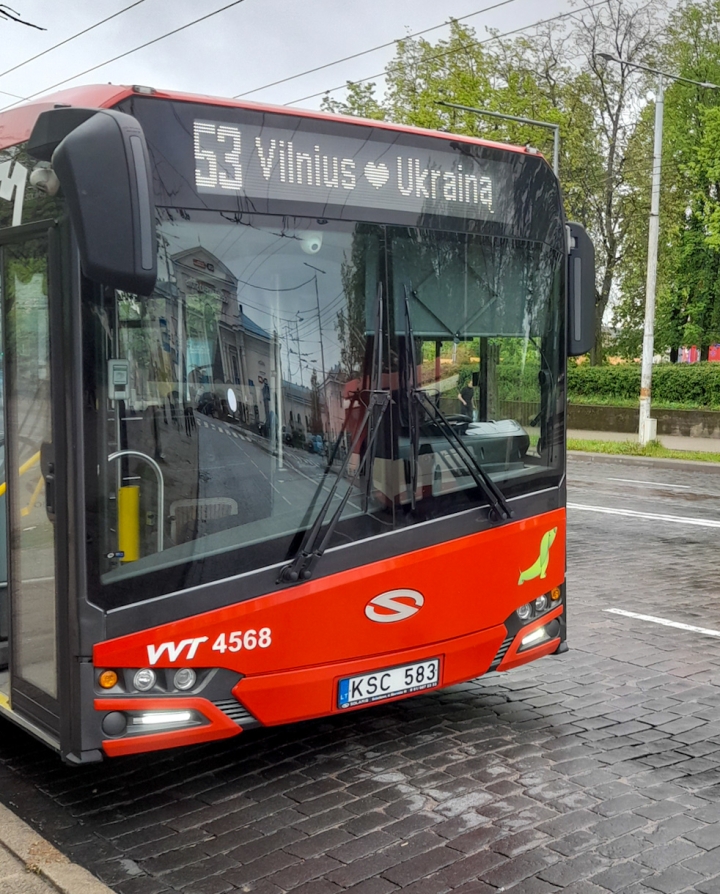
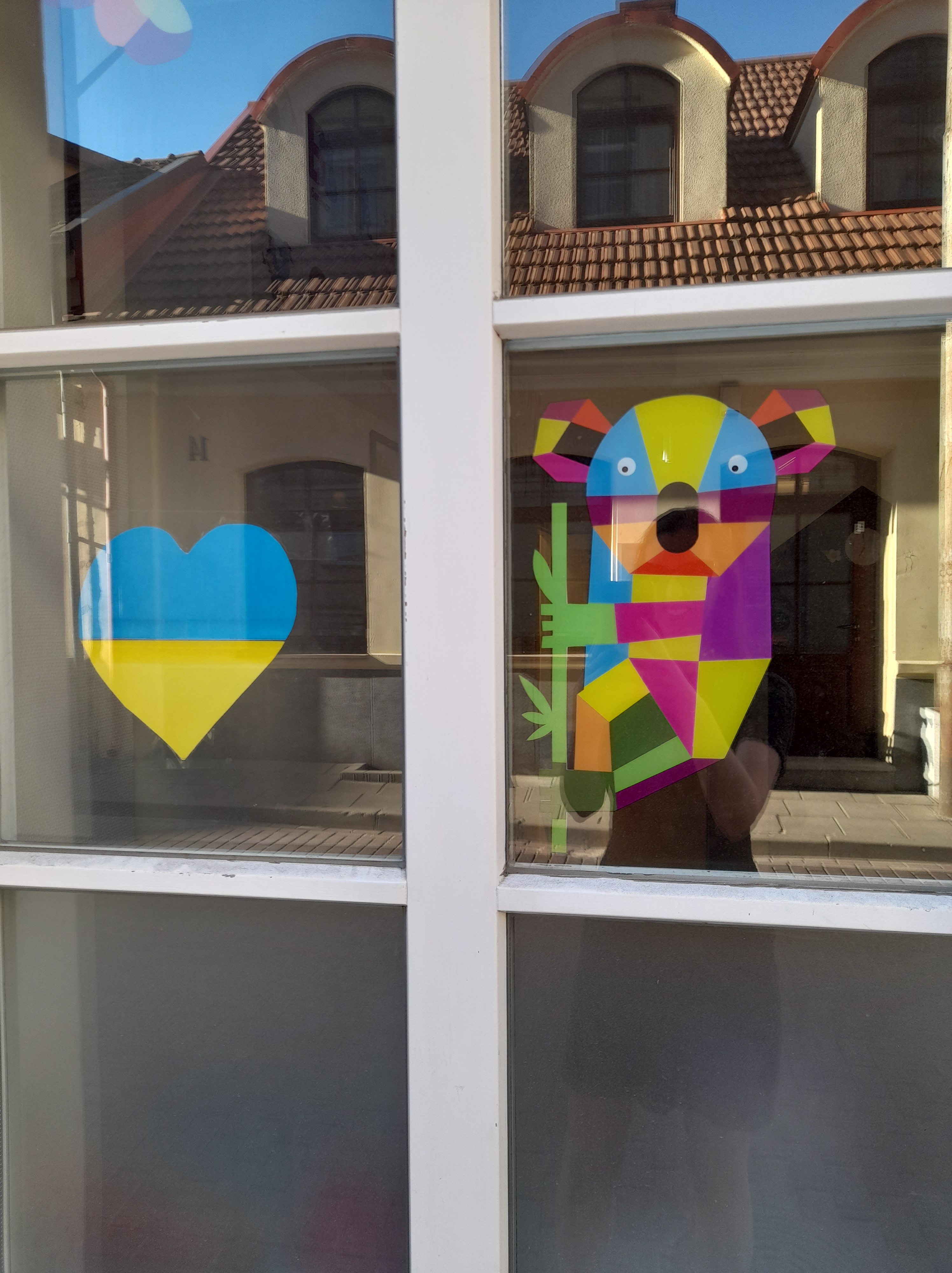
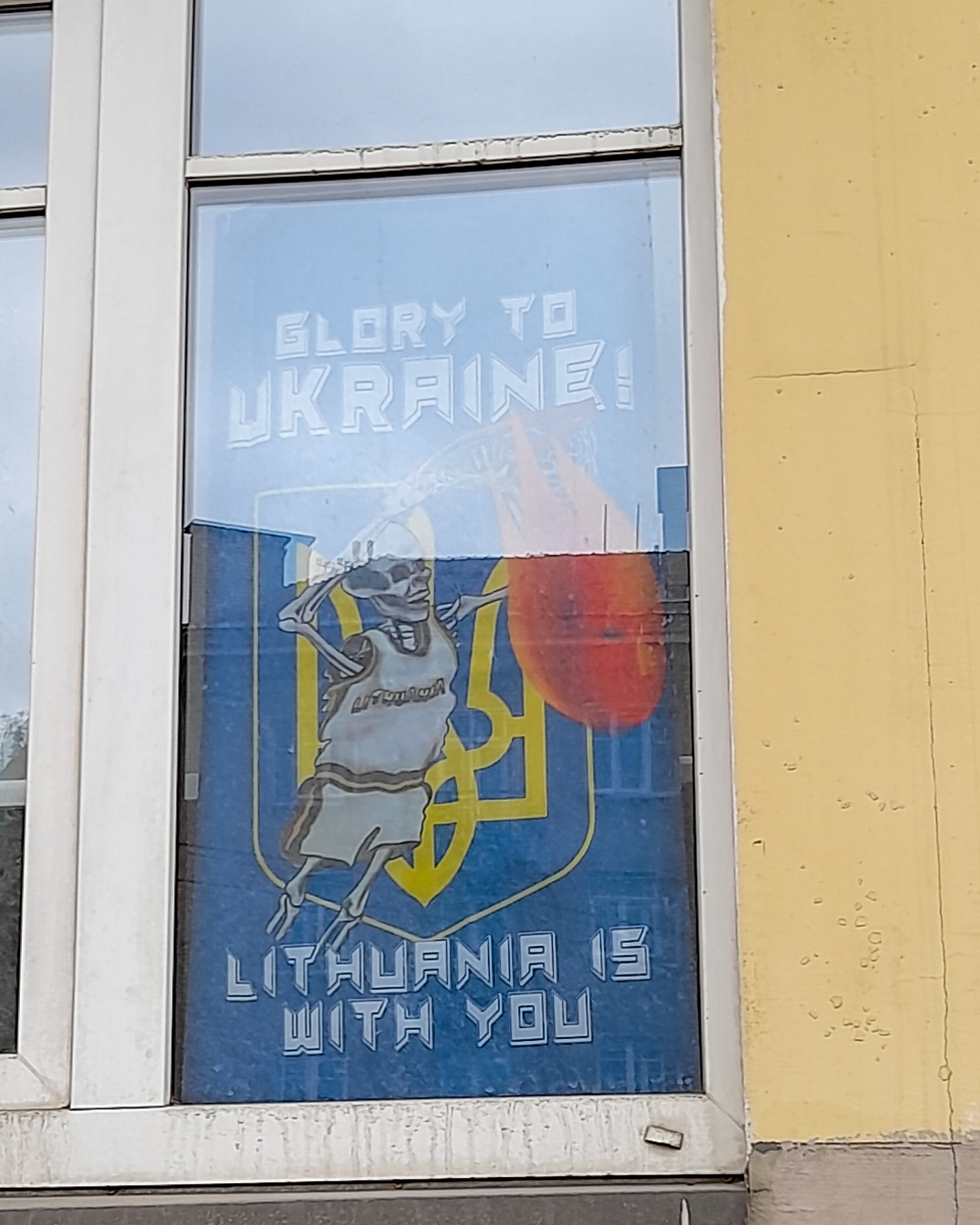
In Latvia and Estonia, the open support wasn’t everywhere like in Lithuania, but there were pockets of really strong protest. We spoke to a number of people in all 3 countries and all were vocally against the war, and fearful of Russia coming back to occupy the Baltics. Everyone we spoke to said it was now dangerous to support the war or be pro-Russian.

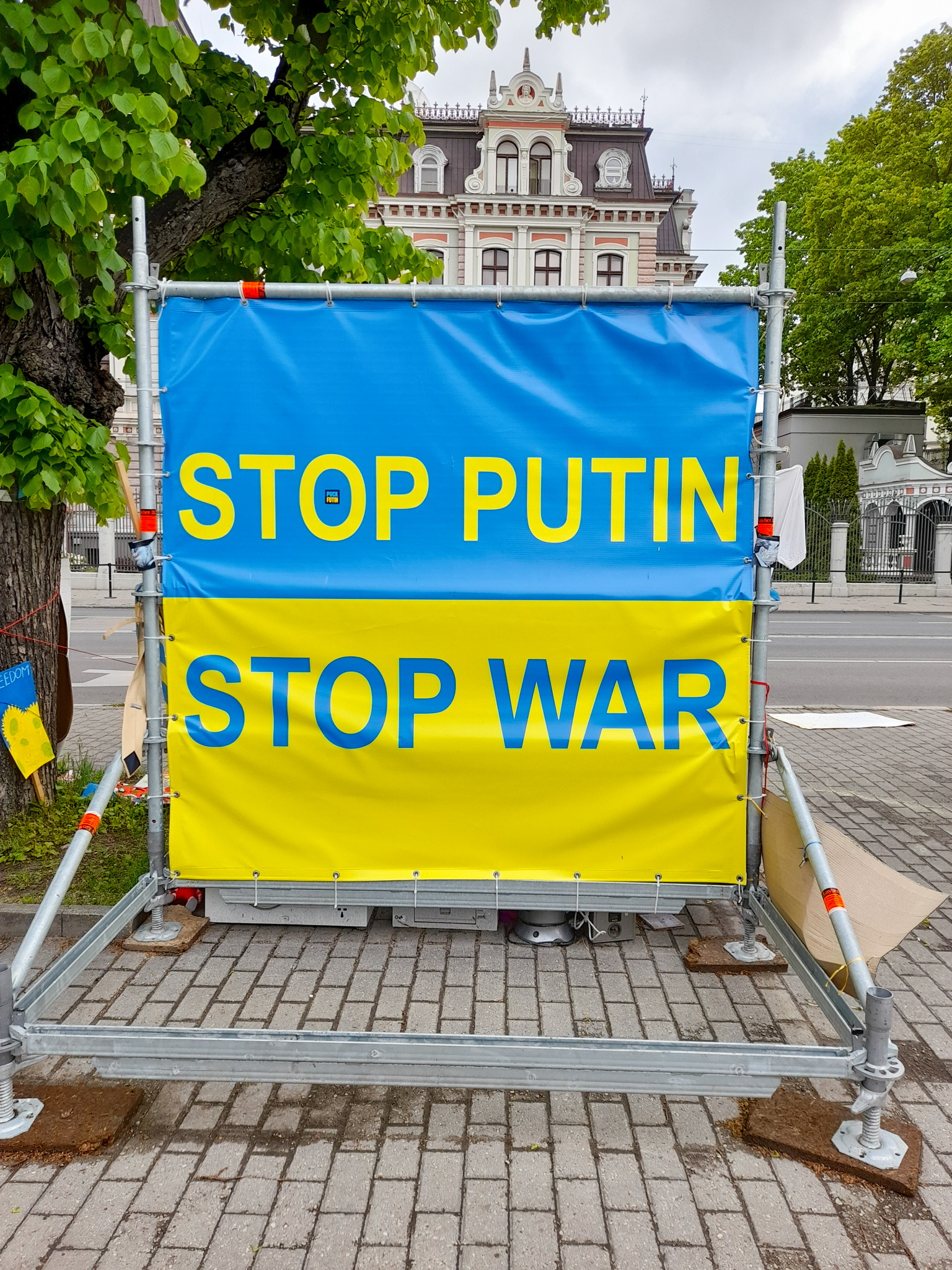

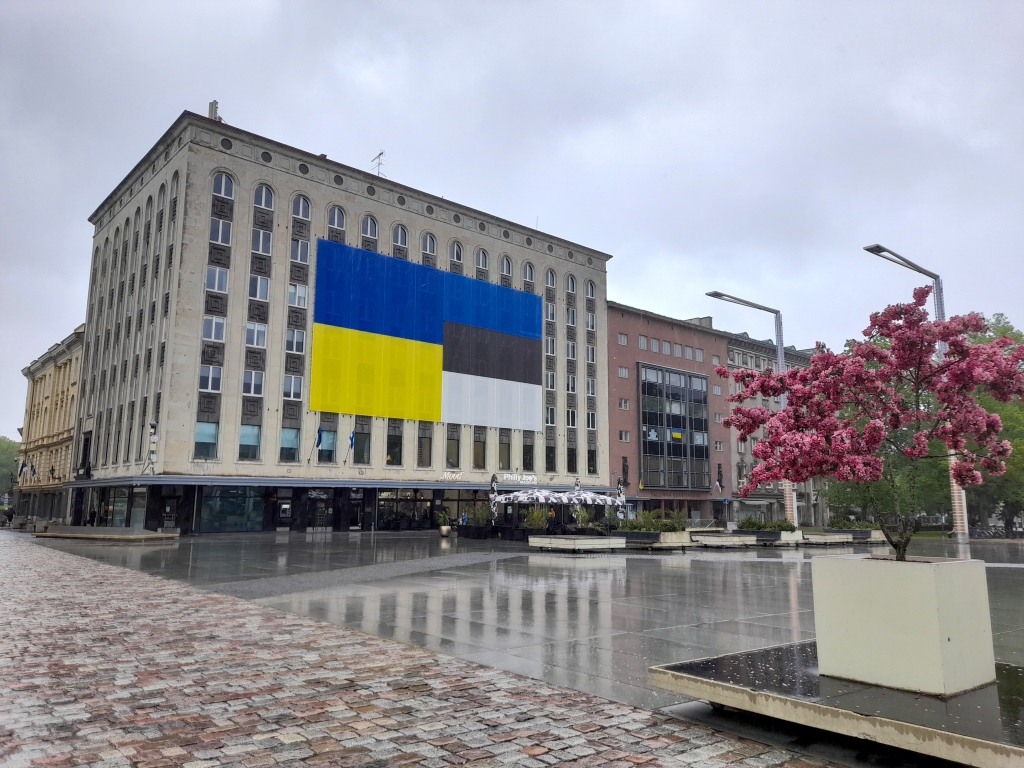
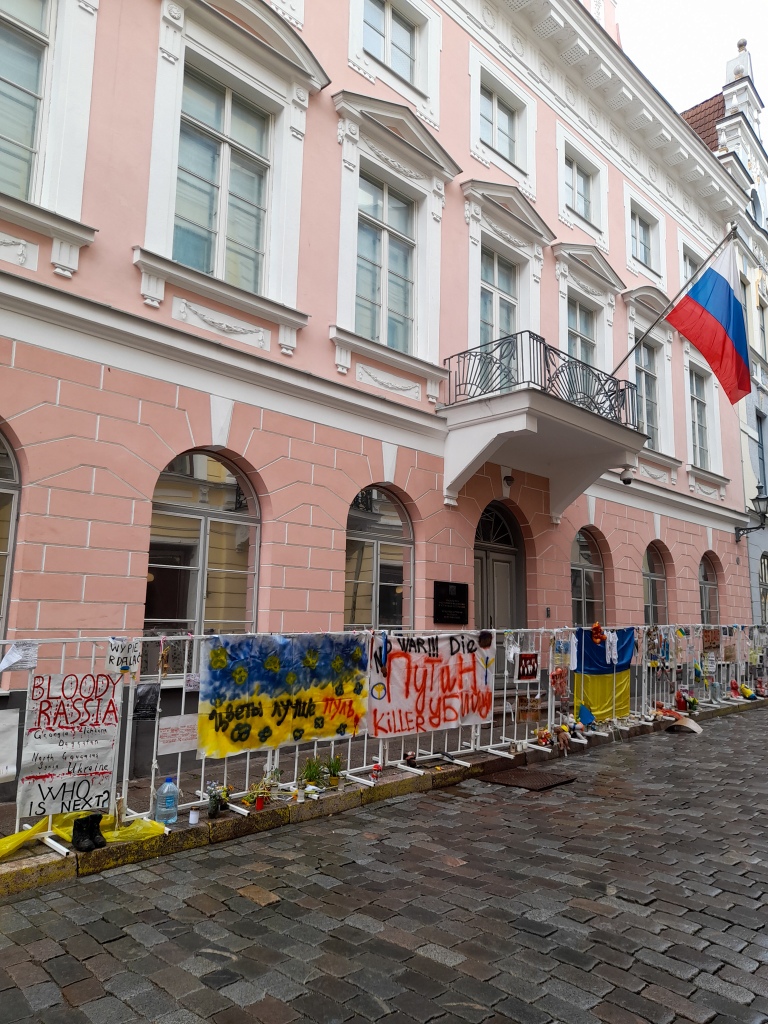
In Western Europe we are slightly removed, in other continents even more so. But to these people here, they have lost loved ones in previous conflict with Russia, they have a national consciousness in living memory of oppression through occupation and there is fear here. There is an active motion here to align as much as possible with Western Europe – English is the second language not Russian and there was definitely an anti-Russian feeling in areas of the region, especially in Lithuania where Russian guides had even been removed from museums for example.
I pray history doesn’t repeat itself in The Baltics, lord knows these people have endured enough already.
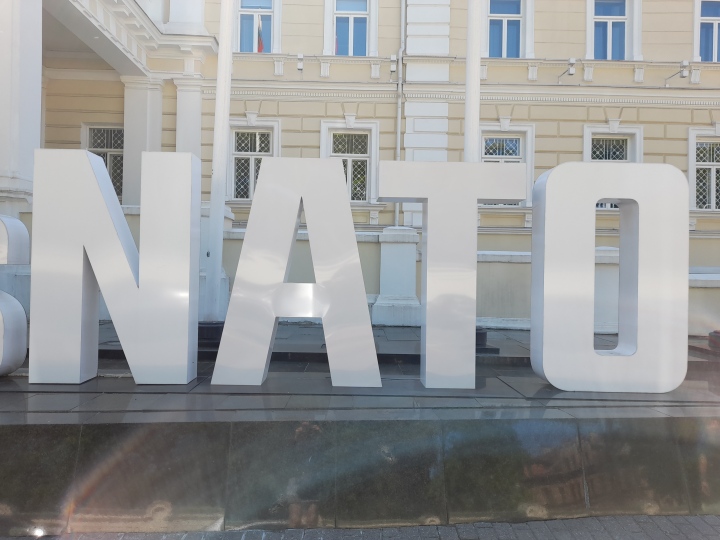
As I said, over the coming weeks and months I will publish multiple guides to places across the Baltics, but I wanted to start with the context as I think it’s far too important to ignore it. What do you think? Thanks for reading, stay safe and happy travelling.

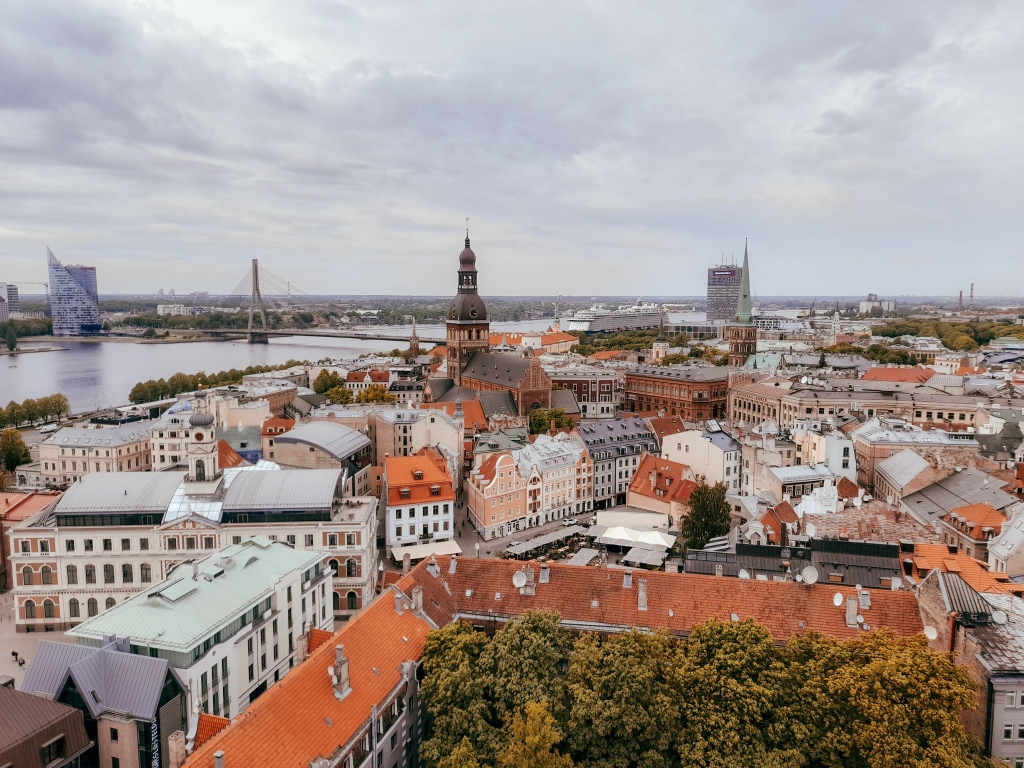
Leave a comment